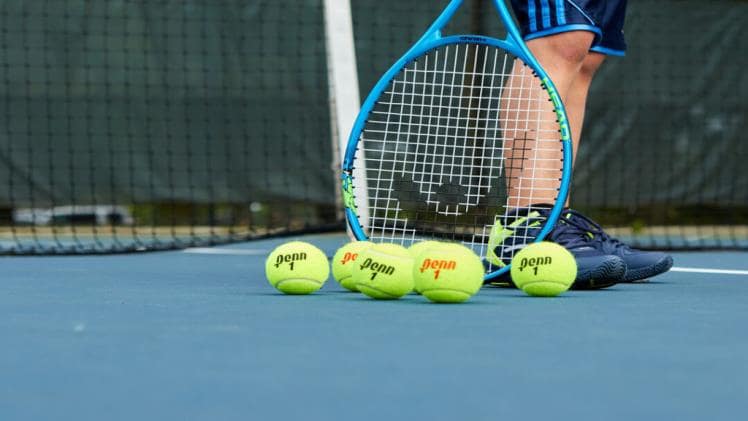Tennis is one of the most popular sports in the world, and with so many people playing it, there’s a need for different types of tennis balls. From beginner to professional players, several different types of balls are available on the market today. To know what exactly you should look for in a tennis ball, keep reading for some tips.
Ball Type
The ball type you choose depends on your style of play and the conditions of your court. For example, if you’re a fast player with a hard serve, you may want a speedier ball that will give you more control. But if you have an aggressive style and prefer to come close to the net when serving, a heavier ball will be better suited to your game.
Ball Speed
The speed of your ball selection is dependent on your level of experience. Beginners should use slow balls, intermediates have medium-speed balls in their arsenal, and advanced players should use fastballs. If you play on a hard court, then choose faster balls. For slow clay courts and other slow surfaces (e.g., grass), choose slower balls.
Ball Colour
Colour is a critical element of tennis balls. Balls can be white, green, yellow or red, depending on the court type and level of play. Green balls are used for grass courts, yellow for hard courts and white for clay courts. Red balls are used in night play when visibility may be limited by darkness or poor weather conditions such as snow or rain.
Material
If you’re looking to play tennis on a budget, then the right choice would be an unwaxed ball. Unwaxed tennis balls are cheaper because they don’t need as much maintenance and can therefore be sold at lower prices. They also typically have better bounce performance than waxed ones, which gives them more responsive playability.
For those who want something that works well in all conditions or situations, such as playing on hard courts or clay, Wimbledon-quality balls are recommended. These are specially designed so players can get maximum durability from each one. However, this comes at a price: these balls cost more than their counterparts from other manufacturers because of their specialized production process (which includes hand-picking).
Tennis balls are available in different sizes and types.
- Ball Size: The ball is measured in millimetres (mm). The smaller the number, the bigger it looks. Standard tennis balls are 45 mm in diameter. If you want to practice with a larger or smaller size, 40 mm and 50 mm options are available on the market that can be used by kids or people with disabilities.
- Ball Type: There are three balls: stiff felt, plastic and resilient polyester composite. The most common type is hard felt because it’s durable enough for regular use on all surfaces (hard courts). It won’t wear down quickly, and it bounces perfectly when appropriately struck, so players can have an enjoyable match without worrying about losing their grip on their racket because these balls don’t slip away from them when hitting back at full speed after serving into play off from across court lines during games against opponents with different skill levels who might not know how much energy they need when hitting back against an opponent’s service instead of just letting go with no control over a distance which could end up costing points lost during matches played against friends who may not play as well yet but still want bragging rights over who wins more often throughout each season.
Conclusion
The tennis ball can be chosen based on your playing style, ball speed and court type. However, you must understand how each of these factors affects your game before deciding what kind of ball you should use for each situation.

